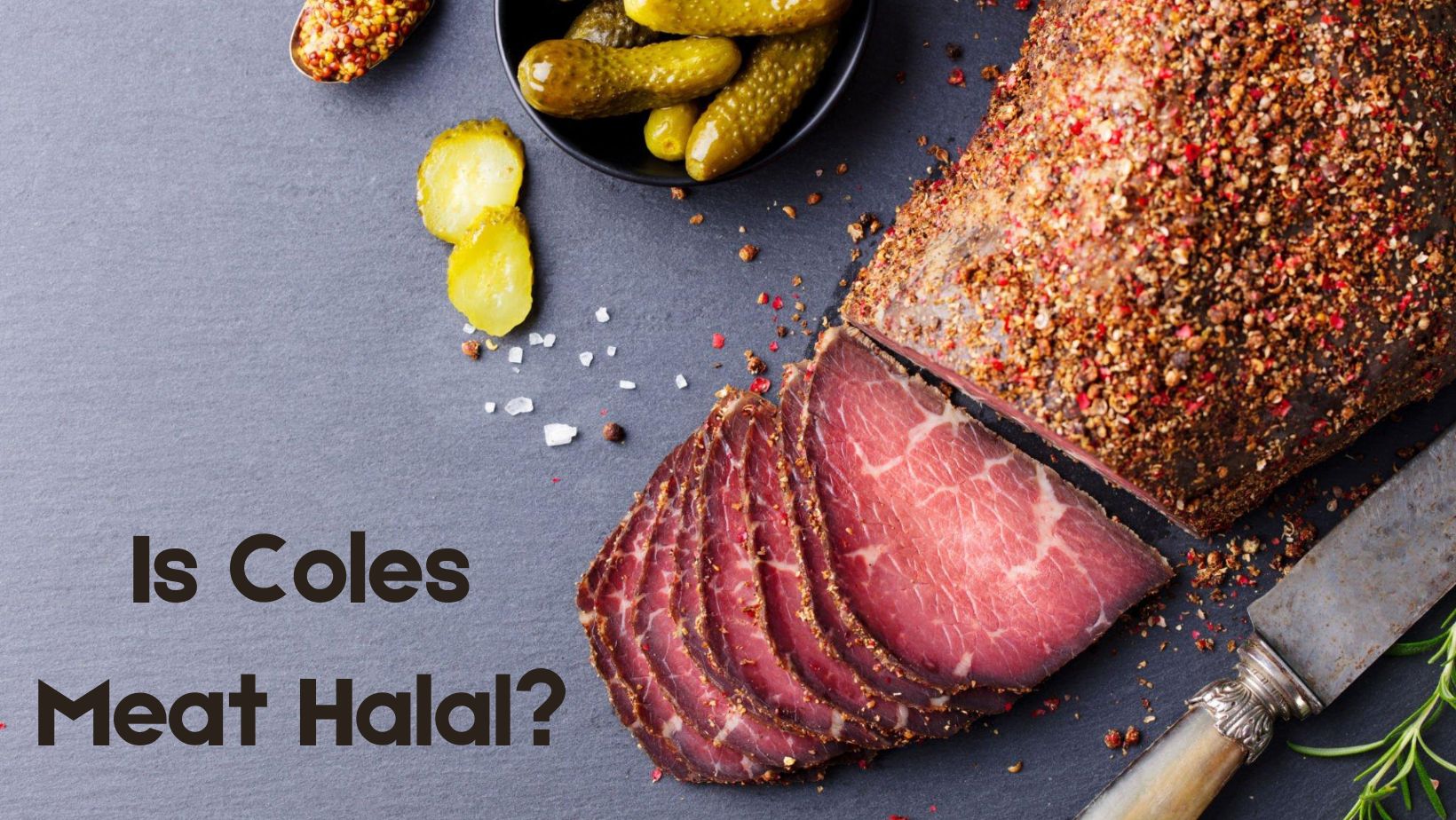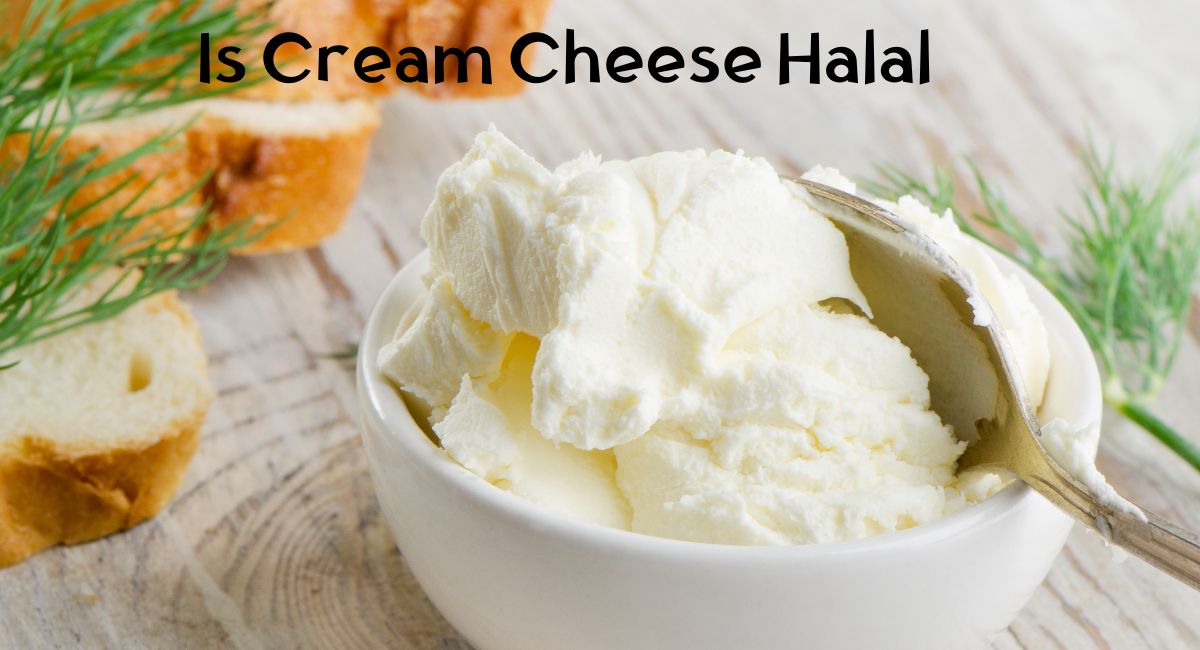Gellan gum is a widely used food additive that has gained popularity in the food industry for its unique gelling and stabilizing properties. It is commonly used in a variety of food and beverage products, including sauces, dairy alternatives, and even some desserts.
For individuals who adhere to specific dietary restrictions, such as those following a halal diet, the question of whether gellan gum is halal or permissible becomes relevant.
In this article, we will explore the halal status of gellan gum, its sources, and the considerations for those seeking halal-certified products. Understanding the halal status of food additives like gellan gum can help individuals make informed choices about the products they consume while adhering to their dietary and religious beliefs.
What is Gellan Gum
Gellan Gum is a polysaccharide derived from the bacterium Sphingomonas elodea. This natural ingredient possesses remarkable properties that make it an invaluable tool in the food industry. As a gelling agent, Gellan Gum can form stable gels at low concentrations, providing a unique texture to various culinary creations. Its origins in microbial fermentation showcase a natural and plant-friendly aspect, aligning well with contemporary dietary preferences.
Beyond its role as a gelling agent, Gellan Gum serves as a stabilizer, contributing to the longevity of product consistency and uniformity. Its texture-modifying capabilities extend its utility to a wide range of food and beverage applications, enhancing the overall sensory experience for consumers.
Gellan Gum’s appeal goes beyond its functional attributes; it has found a place in vegetarian and vegan diets as a plant-derived alternative to traditional gelling agents sourced from animals. Moreover, its thermal stability allows for diverse processing conditions, making it suitable for various culinary applications, including those involving heat treatments.
Gellan Gum Ingredients and Production Process
Ingredients
- Carbohydrate Source: Typically derived from plants like soy or corn. This serves as the primary ingredient for fermentation.
- Sphingomonas elodea: This is a specific type of bacteria used in the fermentation process. It’s an extracellular polysaccharide-secreting microorganism that grows naturally on water lilies.
Production Process
- Fermentation: The carbohydrate source is fermented using a pure culture of Sphingomonas elodea. During this stage, the bacteria convert the carbohydrate into a polysaccharide, forming gellan gum.
- De-acylation (Optional): The gellan gum obtained from fermentation may undergo de-acylation by adding an alkali. This step removes some acetyl and L-glycerate groups.
- Purification: After fermentation (and optional de-acylation), the gellan gum is purified. This is typically done using recovery methods involving isopropyl alcohol or ethanol.
- Drying and Milling: Finally, the purified gellan gum is dried and milled into a fine powder.
Is Gellan Gum Halal
Yes, Gellan gum is widely recognized as halal and suitable for consumption according to Islamic dietary laws. This conclusion is based on several key factors:
- Absence of Animal-Based Ingredients: Gellan gum does not contain any animal-based ingredients nor is it derived through any forbidden methods, making it permissible according to many Islamic scholars.
- Manufacturing Process: Gellan gum is a plant-based ingredient, manufactured without the use of pig products or alcohol, which are considered haram (forbidden) in Islam.
- Halal Certification: It has been certified as halal by the Islamic Food and Nutrition Council of America (IFANCA), further solidifying its status as a permissible food additive.
- Source and Production Method: Gellan gum is a microbial polysaccharide produced through the fermentation of bacteria. It is not derived from animals, nor is it a product of alcohol fermentation, aligning with the requirements for halal products.
- Vegan and Plant-Derived: Being a polysaccharide manufactured through fermentation from corn and various other crops, Gellan Gum E418 is recognized as both halal and vegan, which underscores its plant-based origin and suitability for a wide range of dietary preferences.
Therefore, gellan gum meets the criteria for halal consumption, making it a viable ingredient for use in foods and products intended for a halal diet.
Culinary Uses of Gellan Gum
Gellan gum is a versatile food additive that is commonly used in the culinary industry for its unique gelling, thickening, and stabilizing properties. Here are some culinary uses of gellan gum:
- Gel desserts: Gellan gum is often used to create gel-like textures in desserts such as panna cotta, custards, and fruit gels. It helps to achieve a smooth and firm gel without the need for high sugar content.
- Jellies and jams: Gellan gum can be used to make fruit jellies and jams. It helps to set the fruit mixture into a jelly-like consistency and provides a glossy appearance.
- Vegan and vegetarian products: Gellan gum is a popular choice in vegan and vegetarian food products as a gelling agent. It can be used to create plant-based alternatives to gelatin-based dishes like vegan gummy candies and marshmallows.
- Thickening sauces and dressings: Gellan gum can be used to thicken sauces, salad dressings, and gravies. It imparts a smooth and consistent texture to these liquid-based foods.
- Clarifying beverages: Gellan gum is used in the production of some clear beverages, such as fruit juices and sports drinks. It helps to keep particulates suspended evenly, preventing settling and cloudiness.
- Dairy alternatives: Gellan gum is often added to dairy-free milk alternatives like almond milk, soy milk, and coconut milk to improve texture and prevent separation.
- Molecular gastronomy: In avant-garde and molecular gastronomy, gellan gum is used to create unique textures and culinary experiences. Chefs use it to make edible gels, spheres, and foams that can add a touch of innovation to their dishes.
- Food presentation: Gellan gum can be used to create decorative elements in food presentations. It allows chefs to mold and shape gels into various forms, adding artistic flair to their dishes.
When using gellan gum in culinary applications, it’s essential to follow the recommended usage guidelines and experiment to achieve the desired texture and consistency for your specific recipe. Additionally, it’s crucial to be aware of any dietary restrictions or allergies of the individuals consuming the food, as some people may have sensitivities to gellan gum or other food additives.






